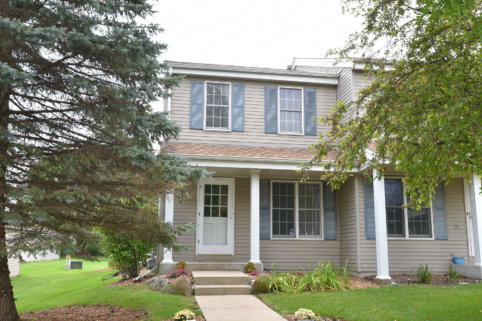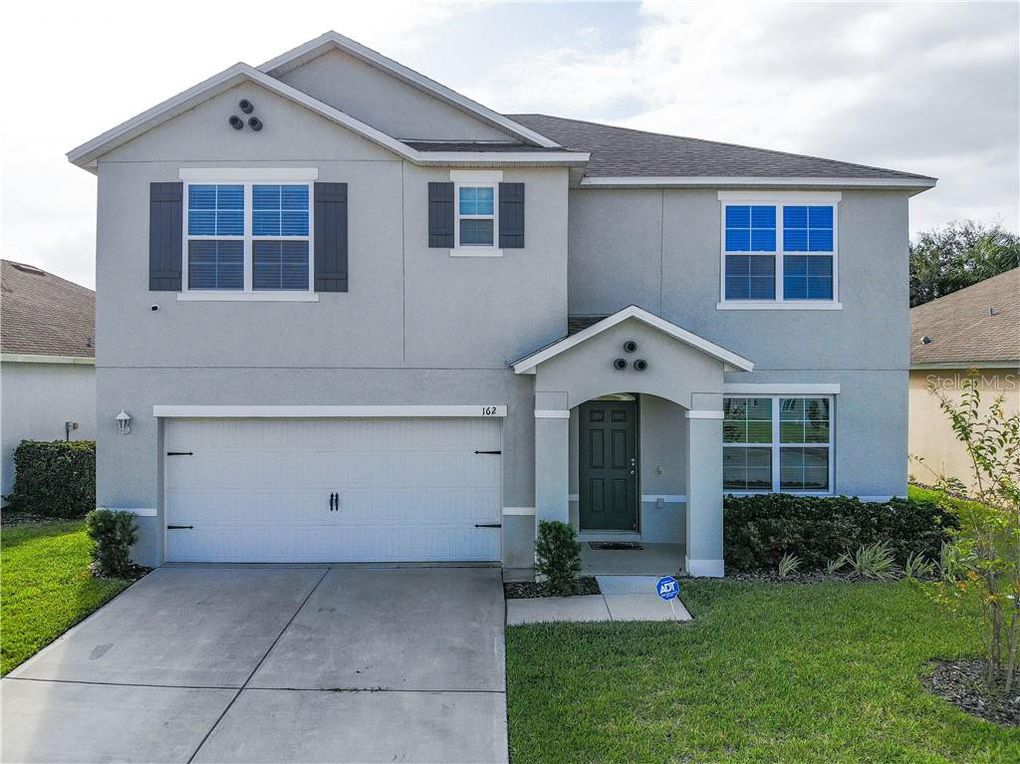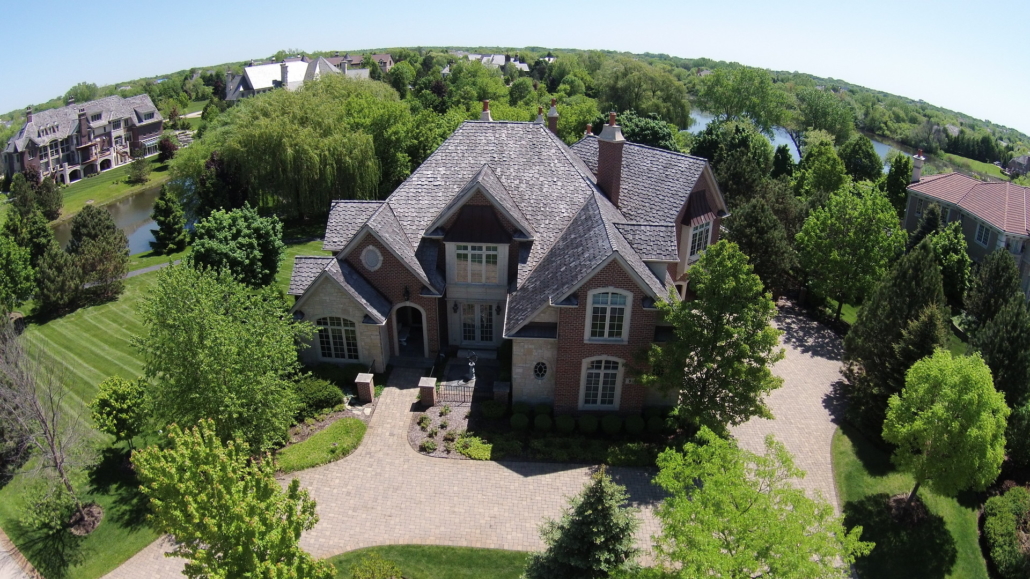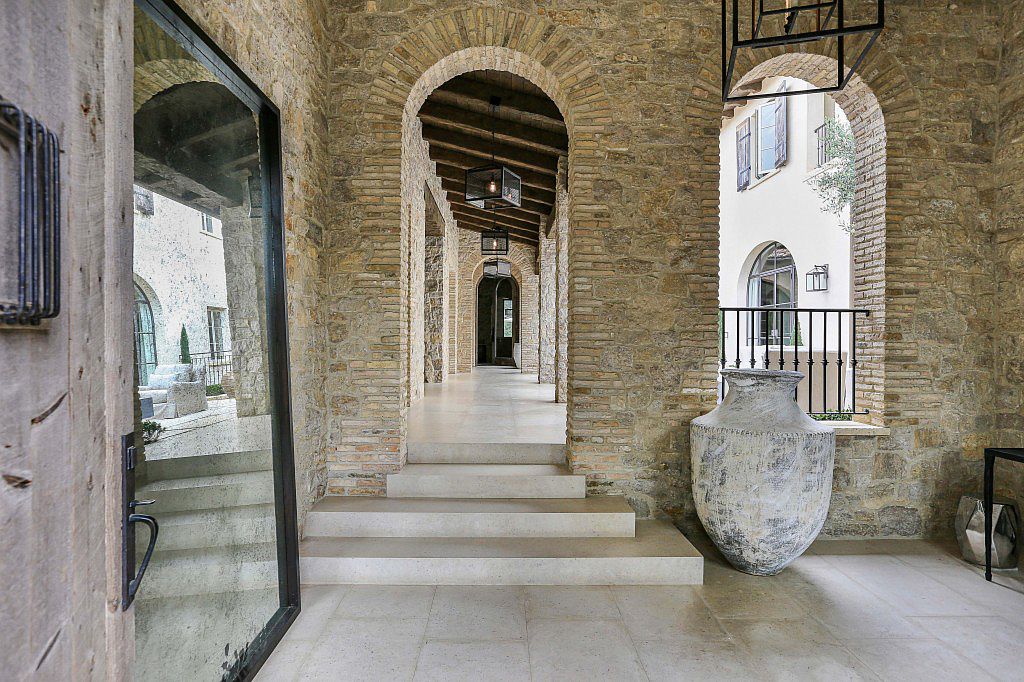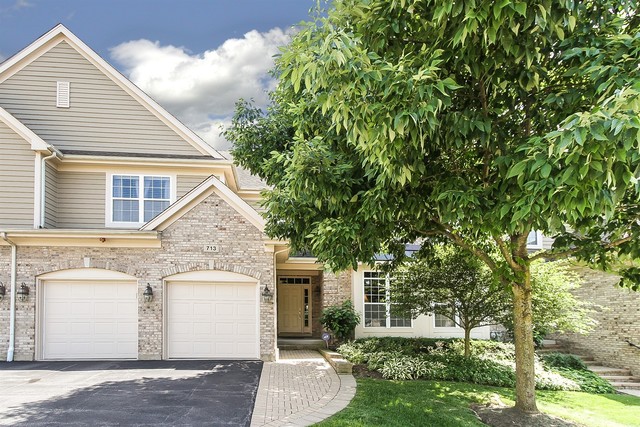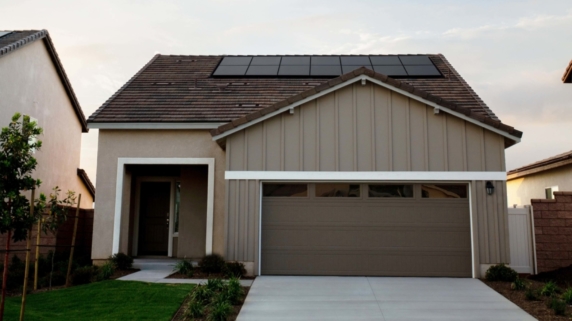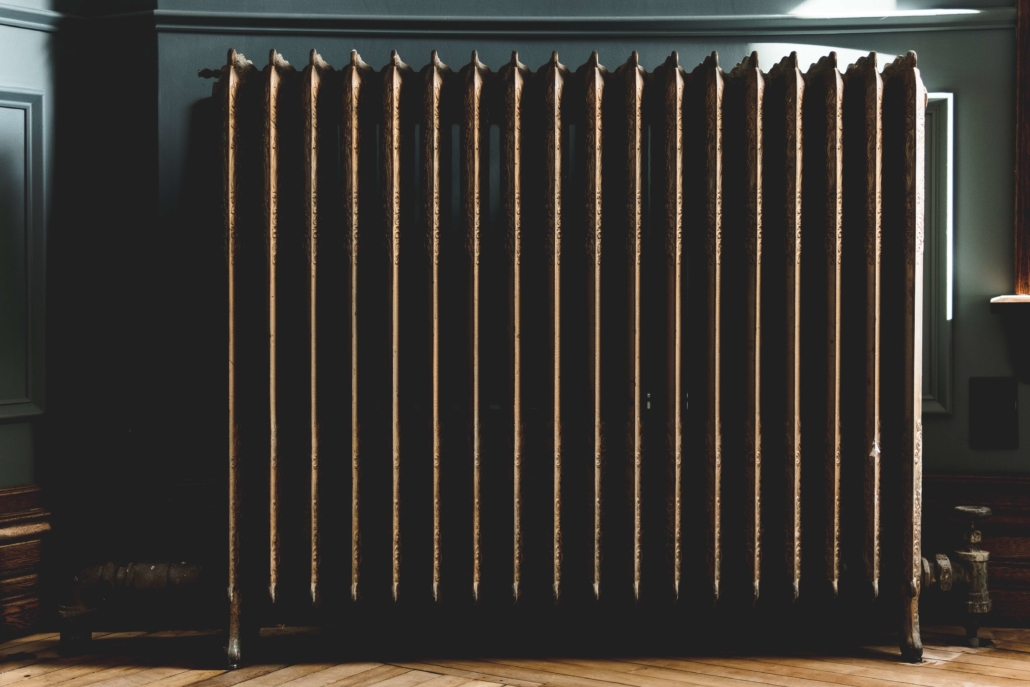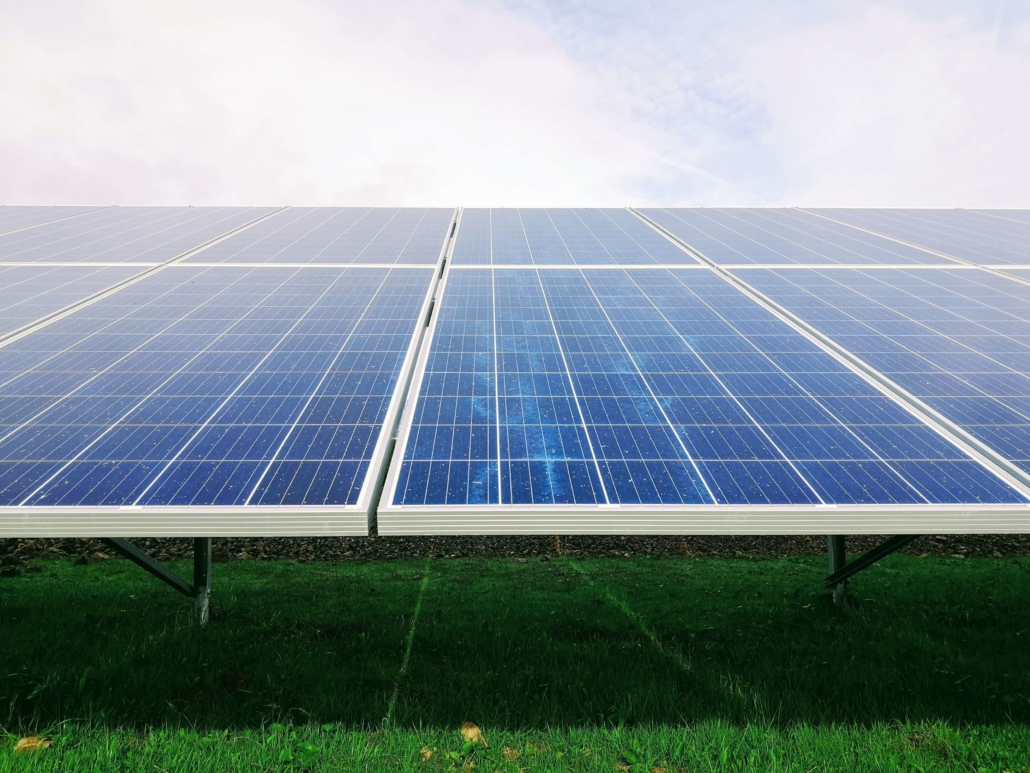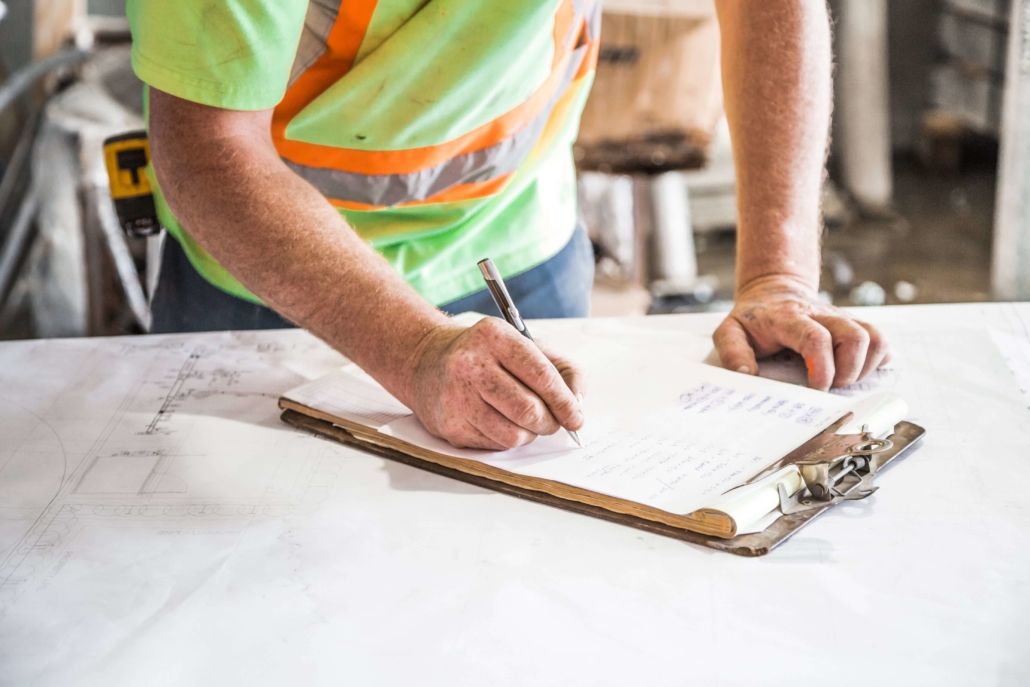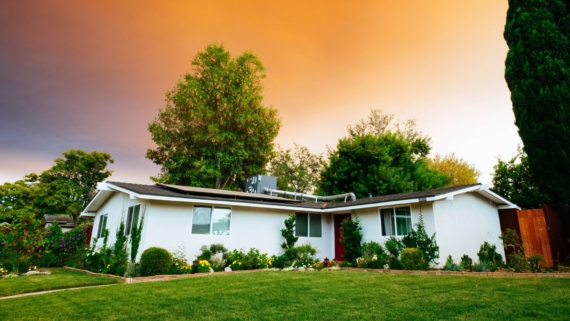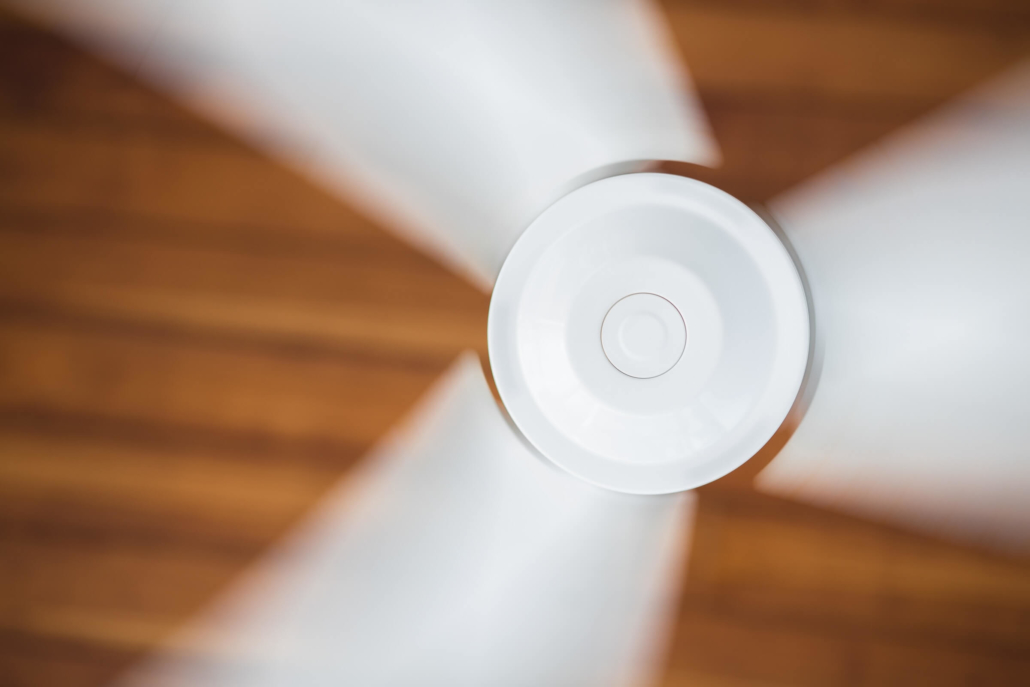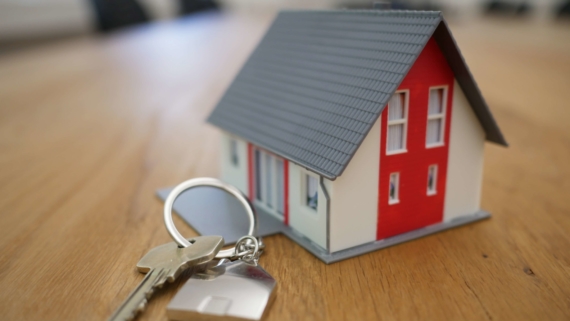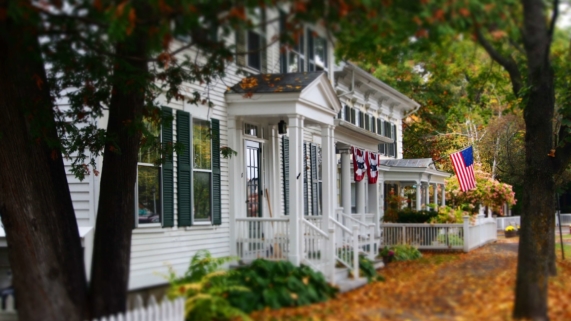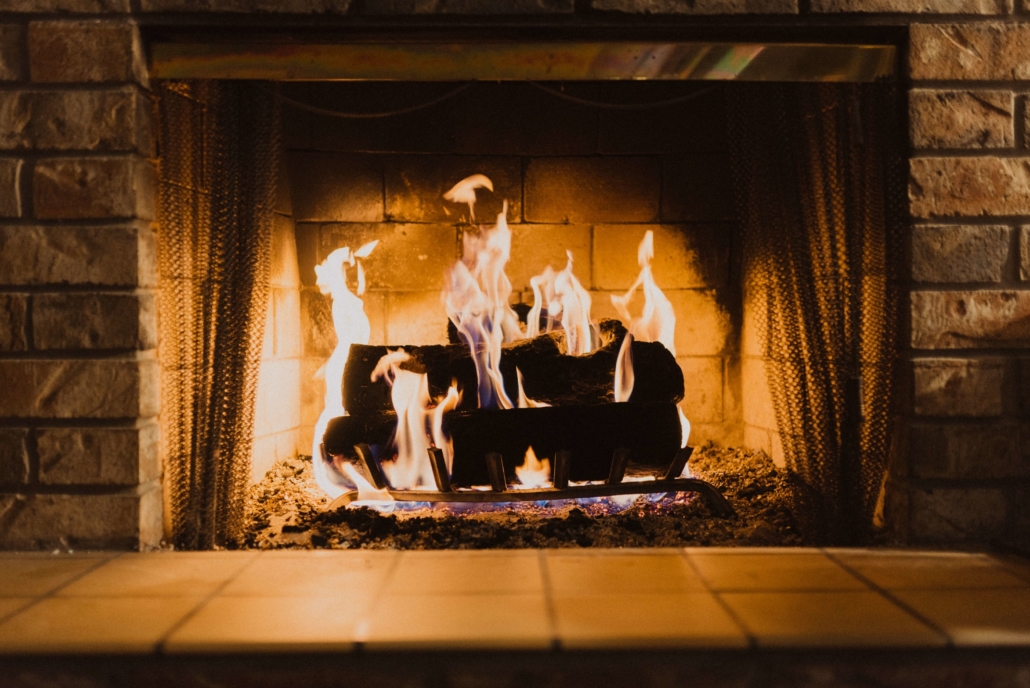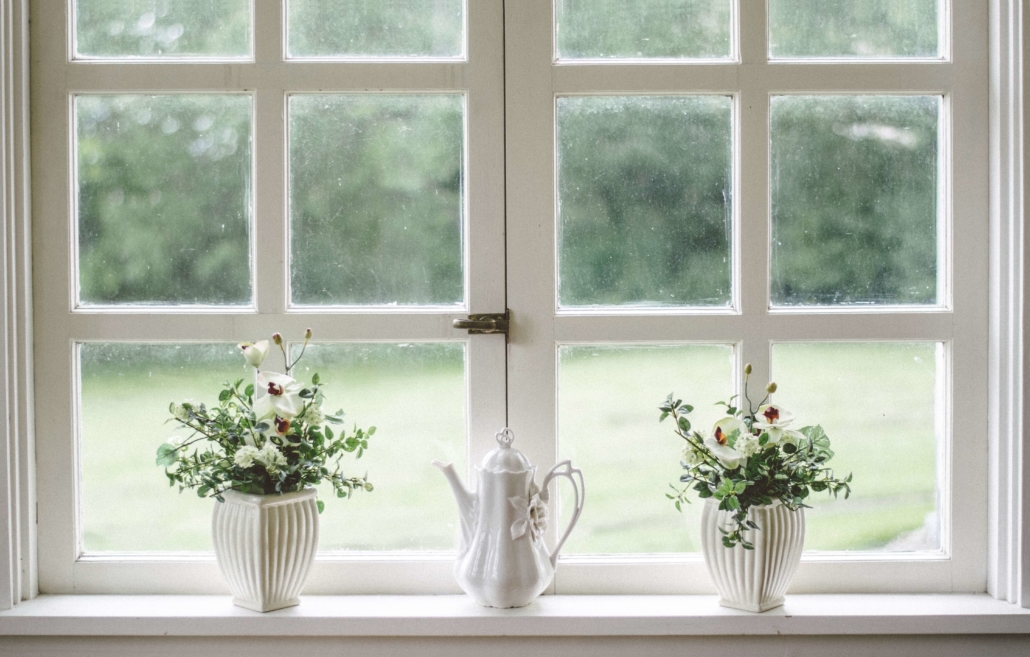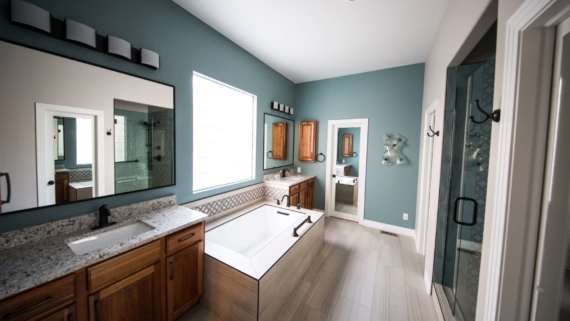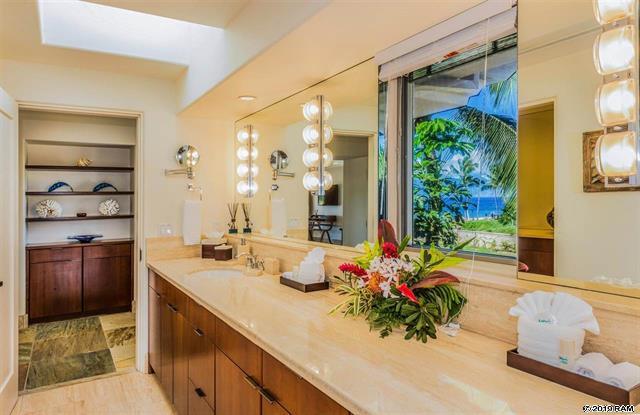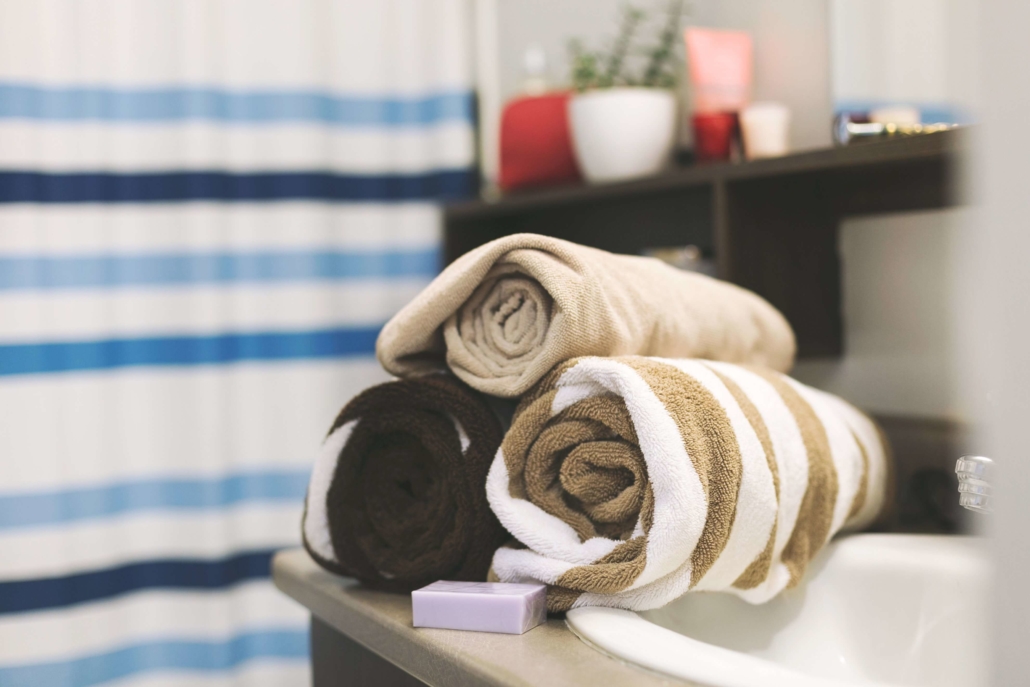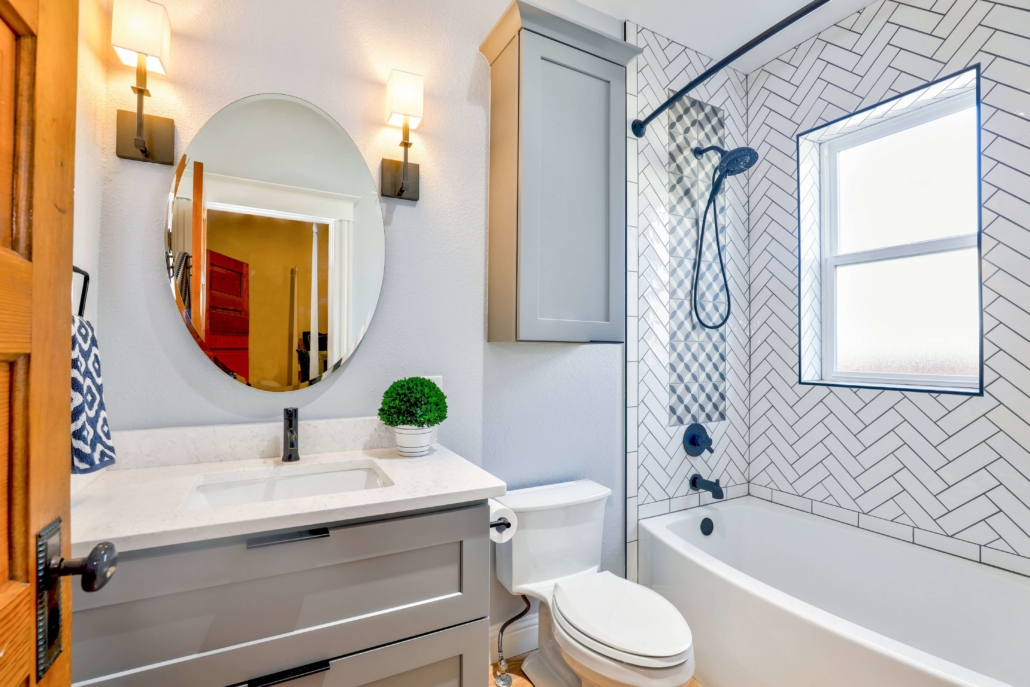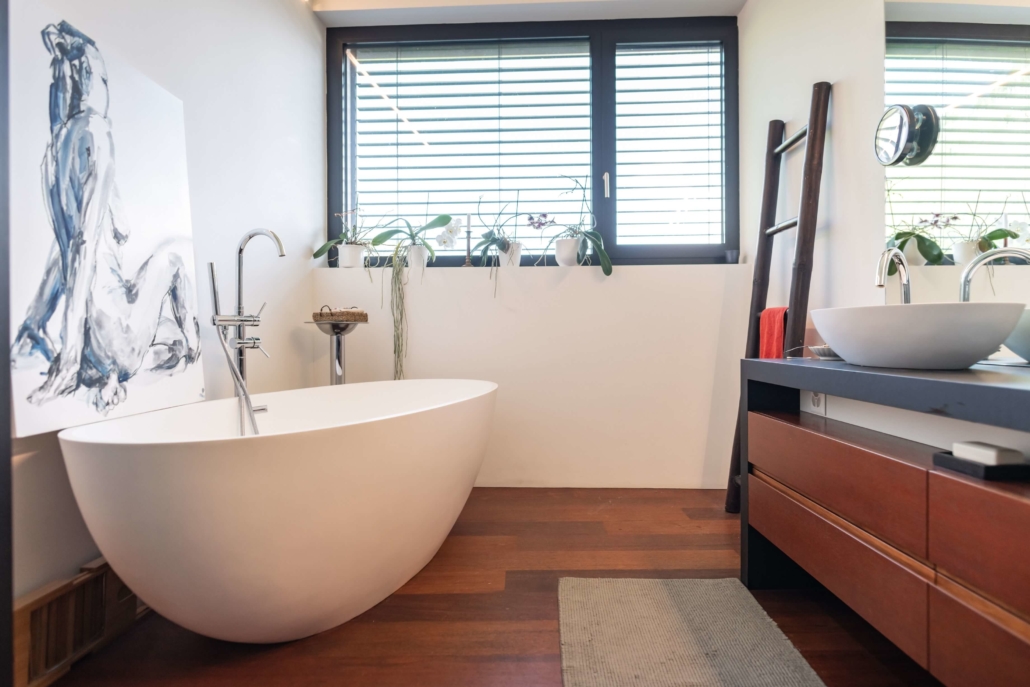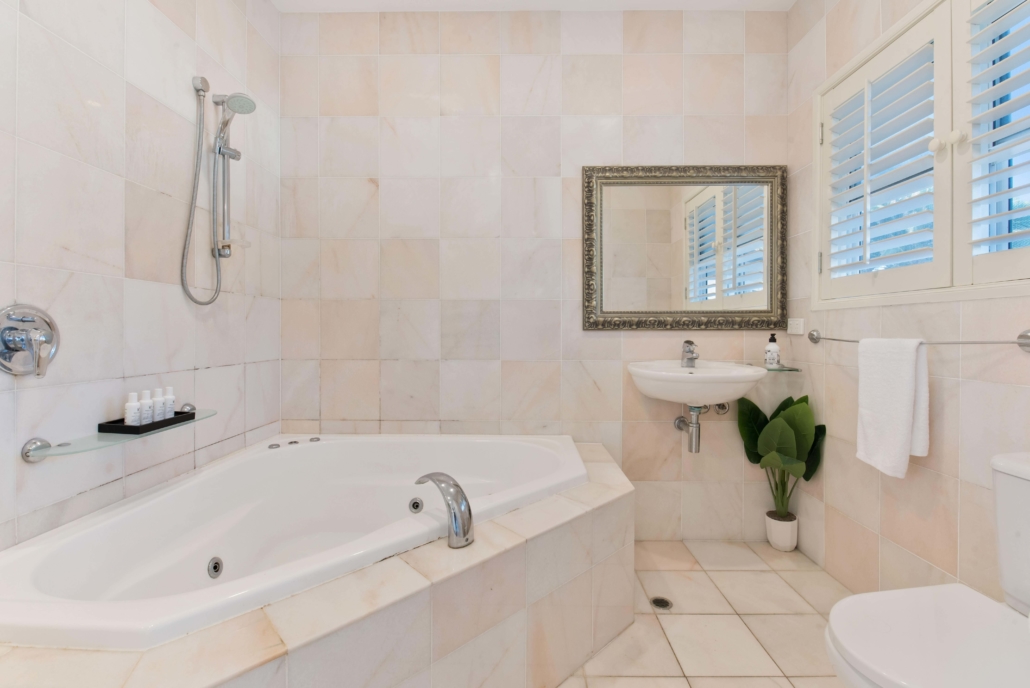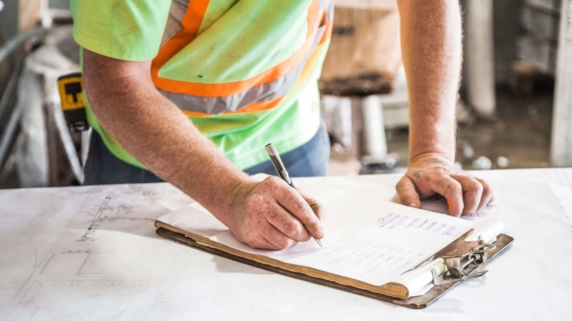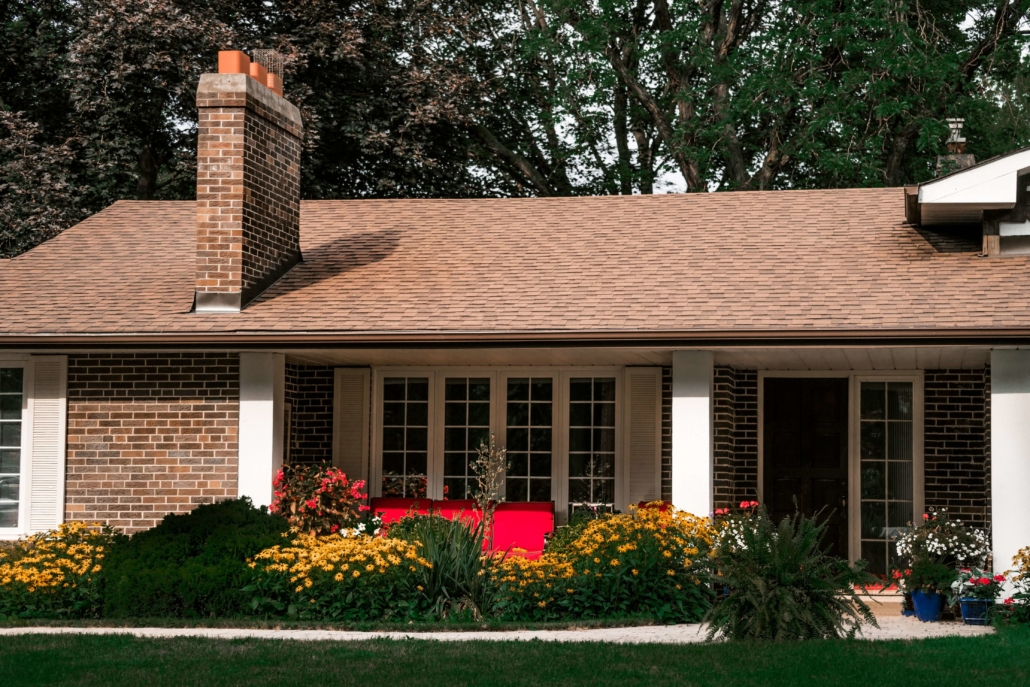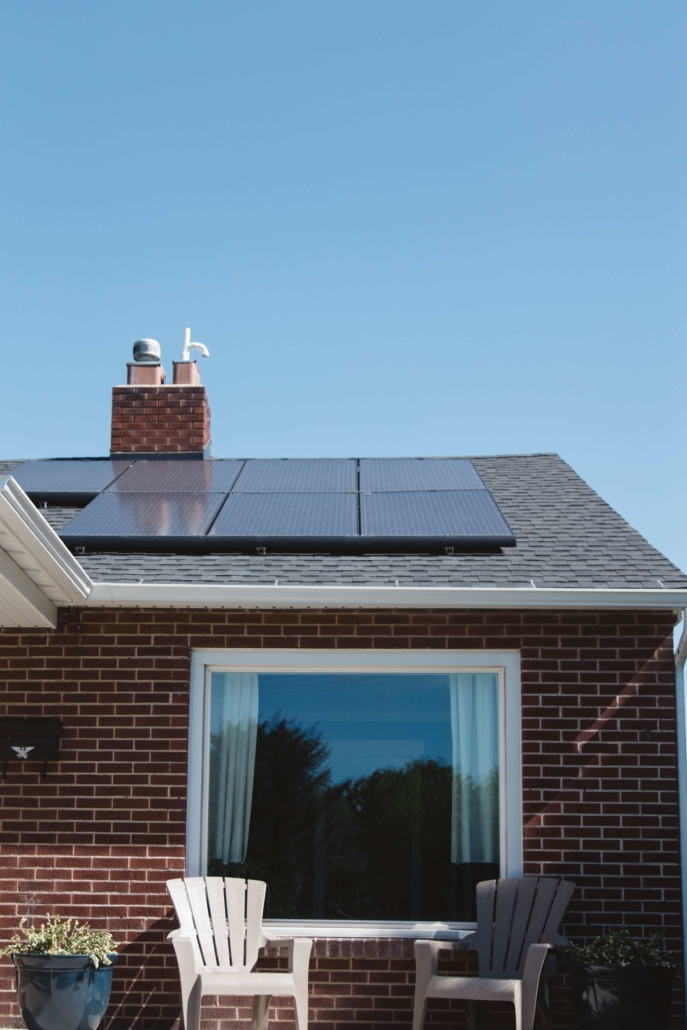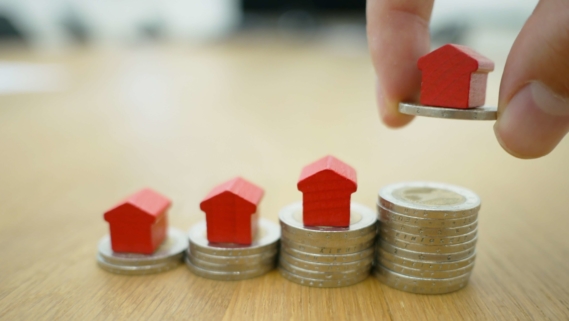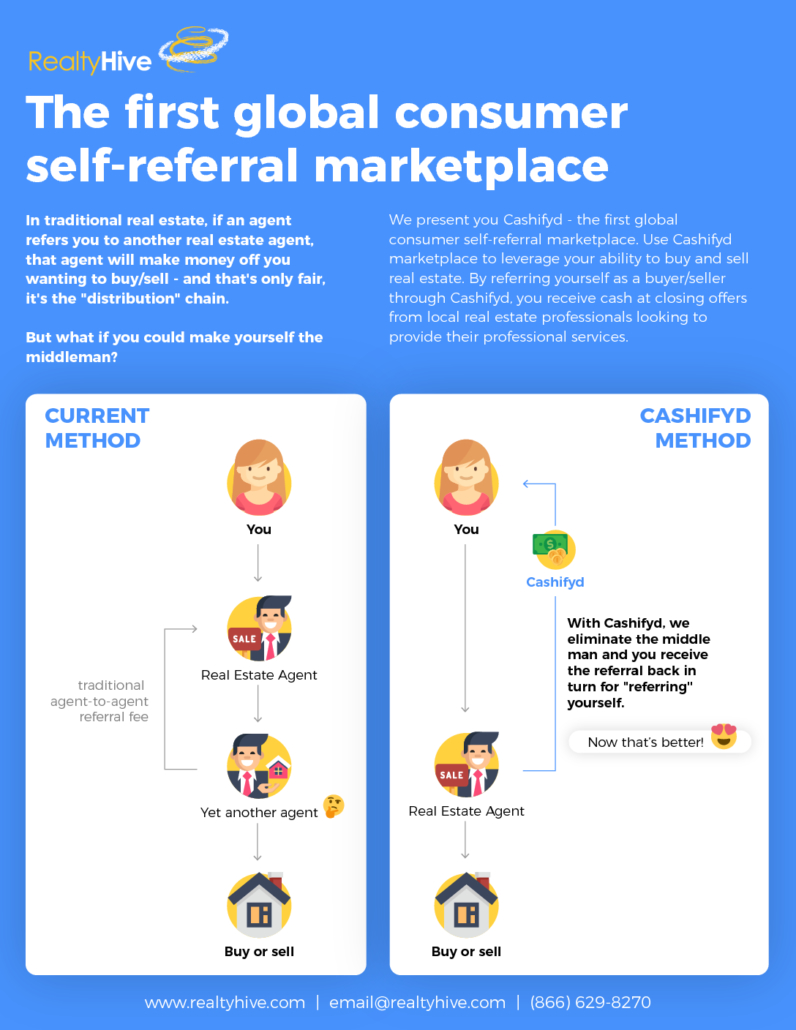How to Make Money in Real Estate
Making money in real estate seems to be on everyone’s mind. Whether you’re a current homeowner looking to expand your investments or a first-time buyer, it’s a good time to review the four ways you can make money from real estate.
#1: The Old-Fashioned
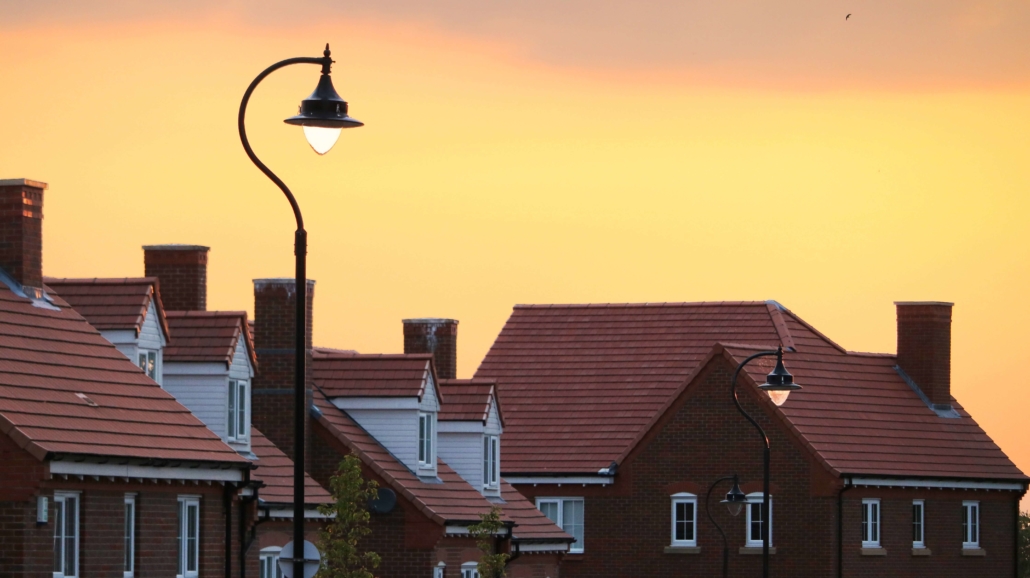
Like many of our parents and grandparents, the Old-Fashioned way involves buying a house, investing in it (make necessary renovations, etc.), and hold onto it for decades.
The longer you hold onto your house, the greater chance you have for it to appreciate in market value. No matter what, if you’re planning on buying a house for yourself, plan on living in it for at least two years, but ideally at least five to seven to maximize your ROI.
When You Won’t Make Money: In the ‘70s and ‘80s, cities in West Virginia and Montana were economic hotspots due to their mining industries. When the mines (and subsequent jobs) ran dry, so did the desire to live there. Owning in an area that could experience similar boom and bust puts you at risk.
#2: The Up-and-Coming

Buying a house in an up-and-coming city is a great way to make money in real estate. Cities like Boulder, Bozeman, and Coeur d’Alene have exploded with popularity in the past few decades. Those who bought properties years ago in cities that are now popular are looking at huge ROI when they decide to sell.
When You don’t Make Money: It’s essential to find a city that’s on the cusp of real estate greatness. However, that city’s growth needs to fit your timeline (or vice versa). No one wants to be stuck in a city they think will be popular in five years, only for it to take decades.
#3: The Fixer Upper
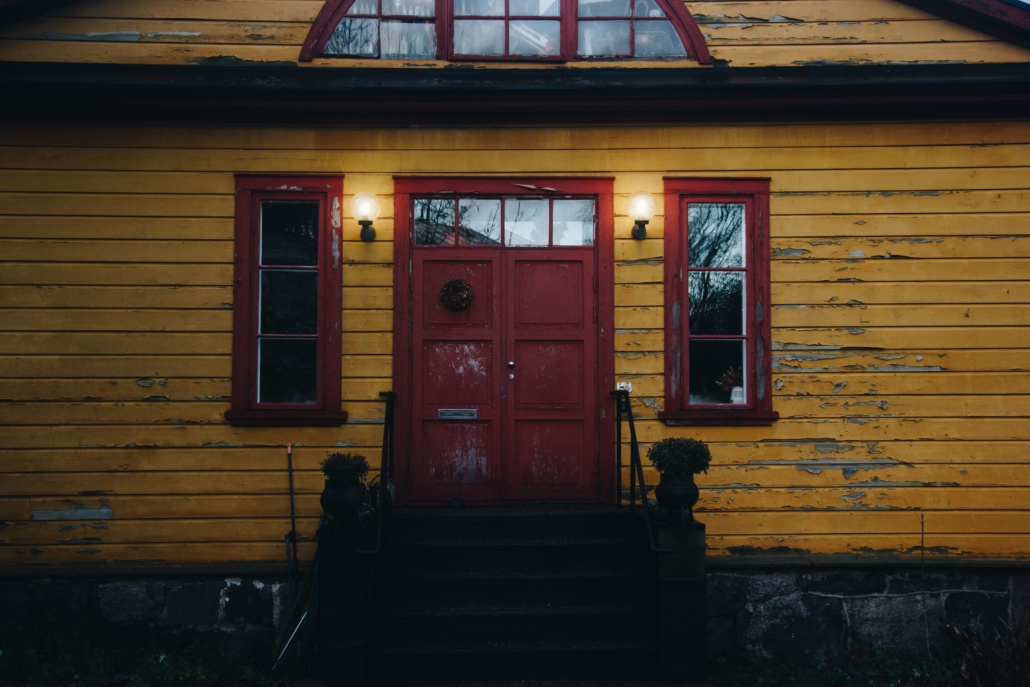
Flipping houses has become one of the most popular ways to make money in real estate. Lower-priced houses nearly always need a lot of work. If you’re willing to make renovations, there’s a good chance you can sell your house for more than it was originally worth, and turn a profit as a result.
When You Won’t Make Money: Costly renovations, not selling fast enough, struggling to find buyers — these scenarios affect ROI potential. Closing fast on houses might net the best deal, but skipping a home inspection can lead to costly and unplanned expenses.
#4: The Rental
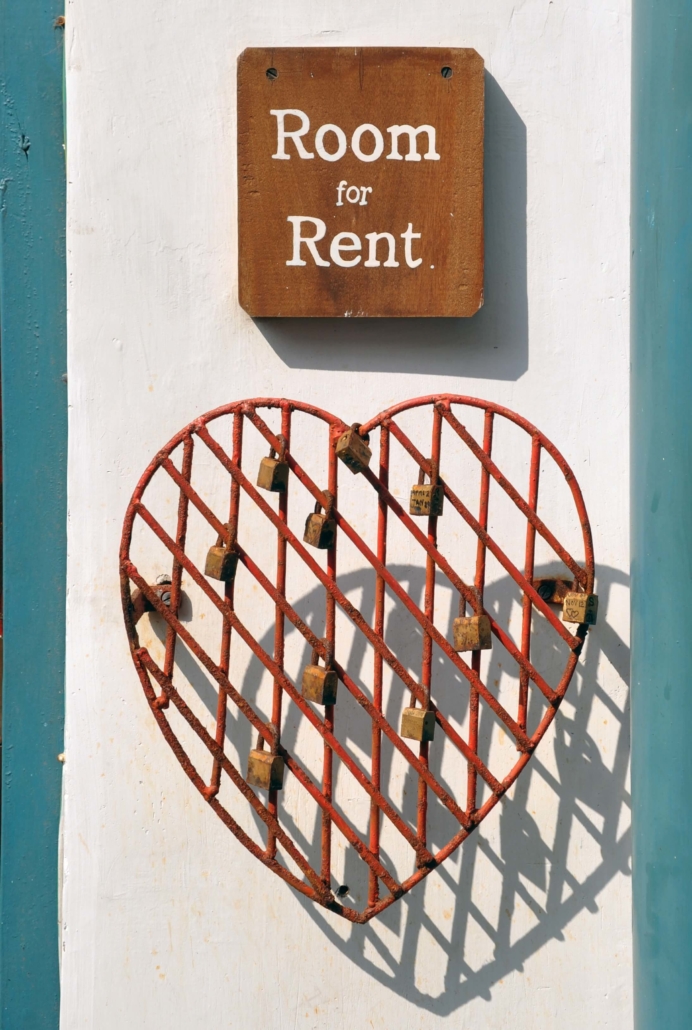
Buying a house in a popular area and renting it out is a great source of passive income. Don’t get us wrong — it’s a lot of work to be a landlord. However, it’s nice to see your home turn a profit consistently. Plus, you still get the long-term benefits of owning a house.
When You Won’t Make Money: The Rental’s success depends on your ability to find renters. Any day your house isn’t being occupied is a day you’re losing money. Invest in an area that needs rentals, like owning near a big city or close to college campuses.
No matter what option you’re considering for making money from real estate, start your journey with RealtyHive! Find vacant land to build on, international properties, residential homes, and even commercial spaces in our listings today.


